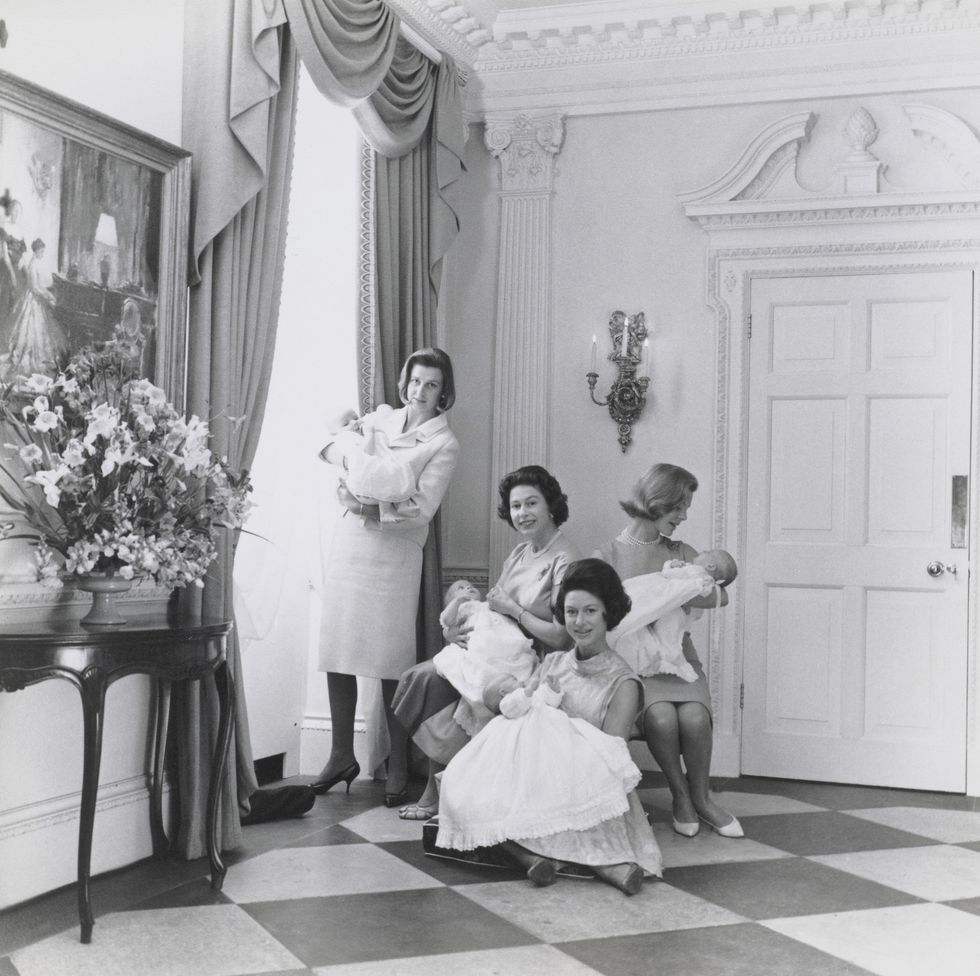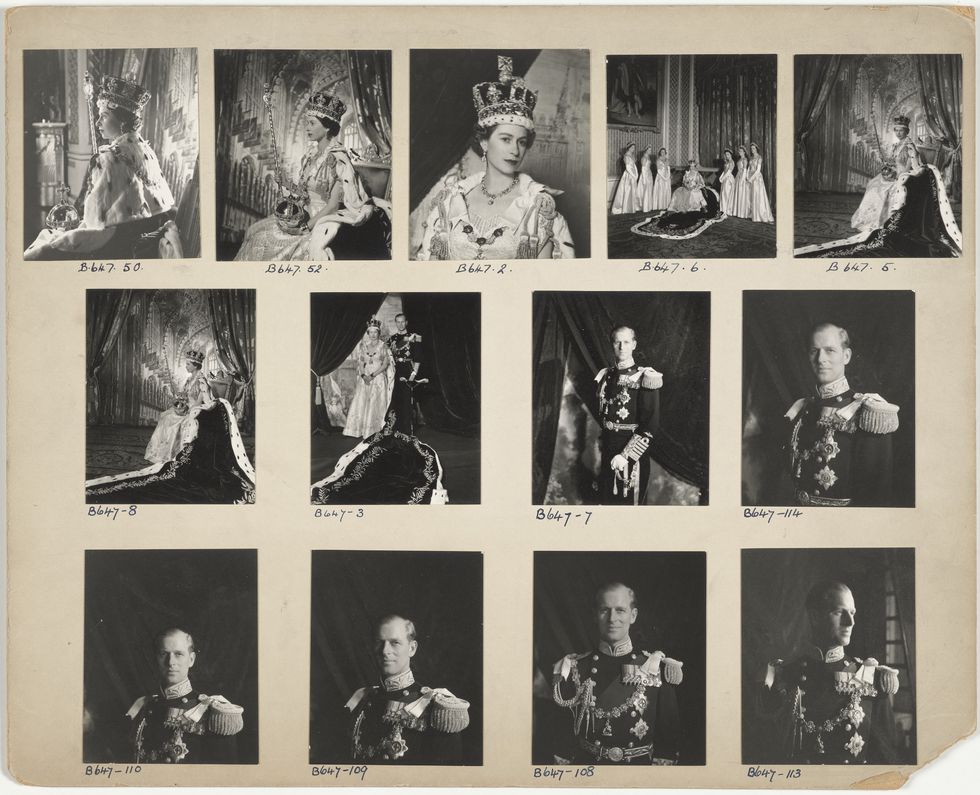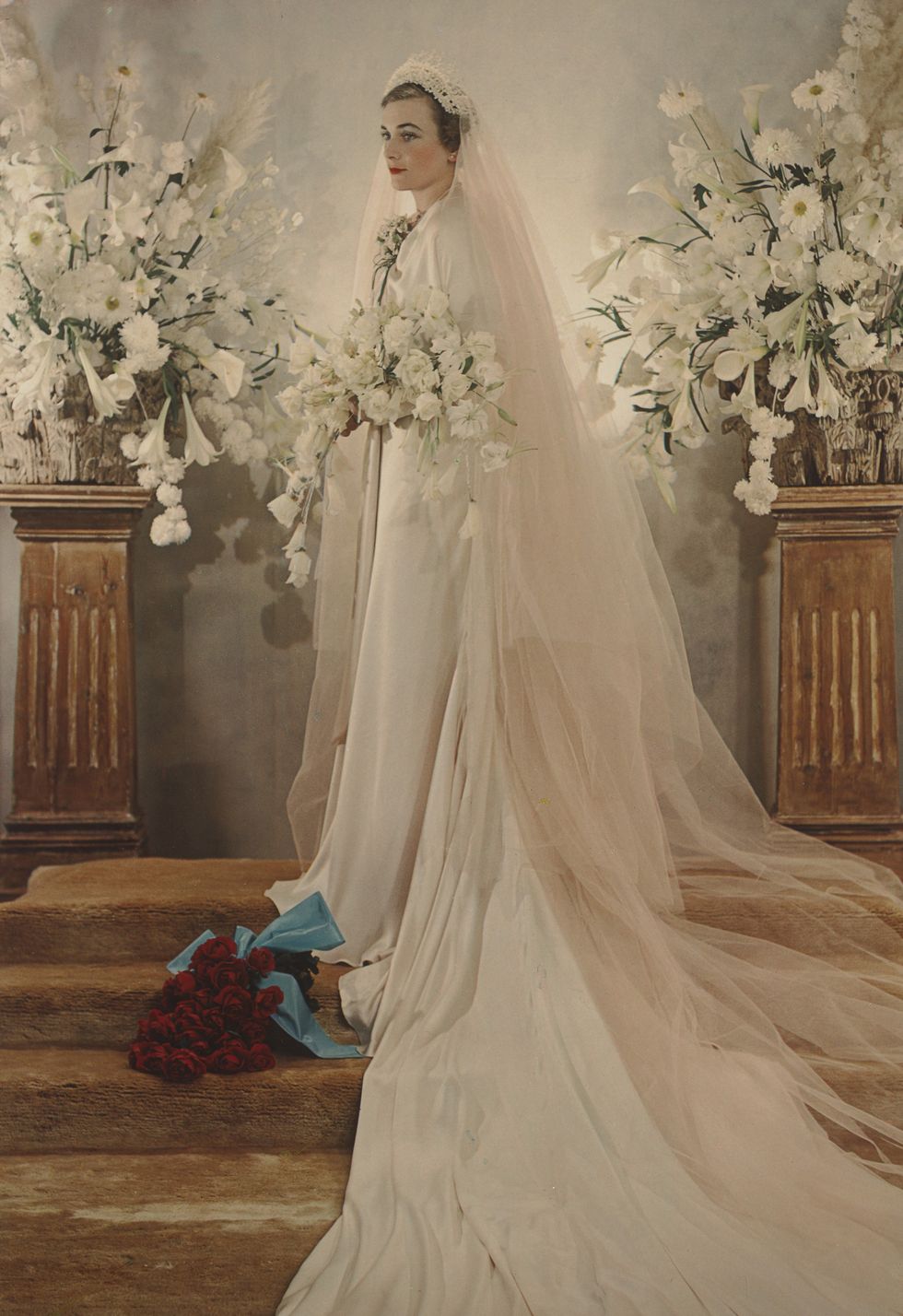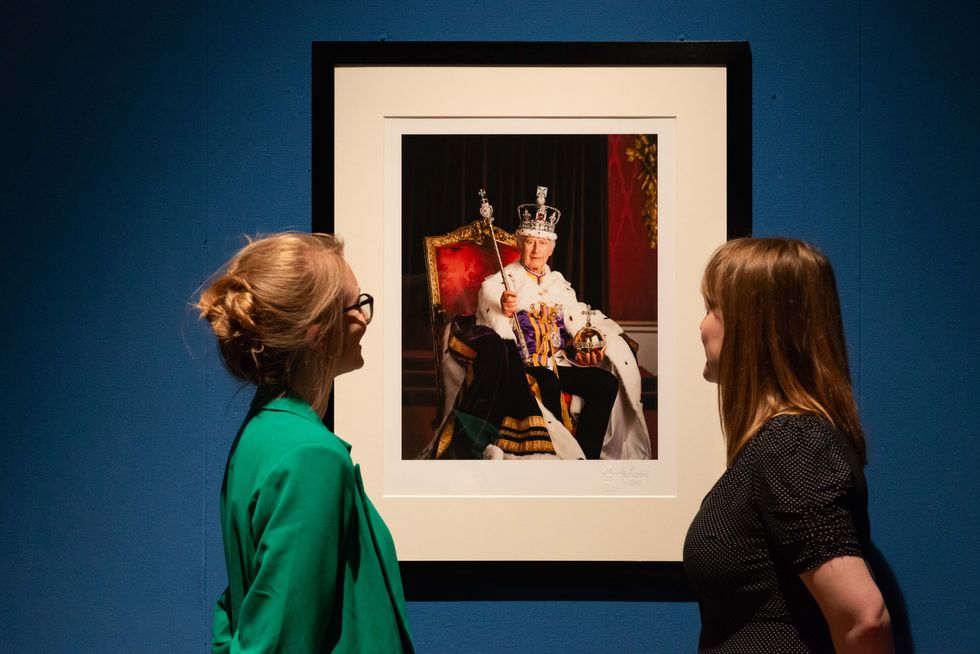Previously unseen personal photographs from the Royal Collection are going on display for the first time in a new exhibition marking 100 years of royal photography.
The newly-named King’s Gallery at Buckingham Palace is displaying more than 150 items from the 1920s to the present day.
Curator Alessandro Nasini told GB News: “We are going from very private and personal [photographs] all the way to [King Charles III] coronation portraits, so you’ve got a full range of material.”
Intimate family moments, such as a never-before-seen image of four royal mothers (Queen Elizabeth II, Princess Margaret, Princess Alexandra and the Duchess of Kent) holding their newborn babies, is on display alongside a private hand-written letter from Princess Margaret to her sister, Queen Elizabeth II.
Unseen royal pictures go on display
Rankin, 2001 / Photography by Paolo Roversi

Group of royal mothers with their babies, 1964
Photograph: Snowdon
It was taken by Princess Margaret’s husband Lord Snowdon as a “personal token of thanks” for Sir John Peel, the royal obstetrician who delivered all four babies within two months in 1964.
Princess Margaret asked her sister “Darling Lilibet” to sign a print “as a souvenir of an extraordinary two months of delivery”.
A more relaxed engagement photograph of the Prince and Princess of Wales, as well as one from their wedding day form part of the exhibition.
Never-before-seen proofs, sent to the Royal Family to choose their favourite images, give a behind-the-scenes insight into how iconic royal portraits were created.

Proofs of Queen Elizabeth II and Prince Philip on Coronation Day, 1953
Cecil Beaton

King George VI, the Queen Mother, the then-Princess Elizabeth and Princess Margaret photographed at Royal Lodge in 1943
Cecil Beaton
Proofs from Queen Elizabeth II’s Coronation sitting is one such example, alongside a note from Martin Charteris, the late Queen’s Assistant Private Secretary, recommending to Prince Philip which images should be sent as personal mementoes to family members and Maids of Honour.
Unreleased wartime images of King George VI, the Queen Mother, the then-Princess Elizabeth and Princess Margaret are also on display for the first time to show how the monarchy used photography to “project a sense of stability and hope for the nation.”
The earliest surviving colour print of a member of the Royal Family is also on display, showing Princess Alice, Duchess of Gloucester (sister-in-law to King George VI and Edward VIII) on her wedding day.
The photograph was taken in 1935 by Madame Yevonde, described as “a pioneer of colour photography and champion of women photographers”.

Princess Alice, Duchess of Gloucester on her wedding day, 1935
National Portrait Gallery

The image of Princess Kate bears a ‘striking resemblance’ to an 1864 portrait of Alexandra, Princess of Wales, by Franz Xaver Winterhalter
: Franz Xaver Winterhalter / Photography by Paolo Roversi
More modern photographs such as the King’s Coronation portraits and Paolo Roversi’s 40th-birthday portrait of the Princess of Wales can be viewed by visitors.
The image of the princess bears a “striking resemblance” to an 1864 portrait of Alexandra, Princess of Wales, by Franz Xaver Winterhalter from the Royal Collection, which will hang nearby.
Curator Alessandro Nasini said: “I think the Royal Family, in general, understands the importance of photography and how immediate it is as a visual medium. It can reach everybody across the world. It’s a very powerful visual tool.”
‘Royal Portraits: A Century of Photography’ features detailed information about the importance of “retouching” in royal photography.
LATEST ROYAL NEWS:

Modern photographs such as the King’s Coronation portraits can be viewed by visitors
Royal Collection Trust
Despite recent controversies around image manipulation, enhancing photographs has been common practice for decades.
An exhibition display board claims: “Retouching is an essential part of photography. It can be as simple as cropping an image, or as complex as removing entire backgrounds. Photographers and printers regularly work with retouchers who are specialised in this craft.”
The board goes on to explain how analogue editing could be done by “modifying the negative”, “manipulating the image during printing,” or “direct retouching on the final print”.
For the first time, the Royal Collection Trust (RCT) is offering £1 gallery tickets to people receiving Universal Credits or other benefits. It is understood the RCT wants to make the collection as accessible to as many people as possible.
‘Royal Portraits: A Century of Photography’ opens tomorrow (Friday, May 17) at The King’s Gallery, Buckingham Palace, and closes on October 6, 2024.

